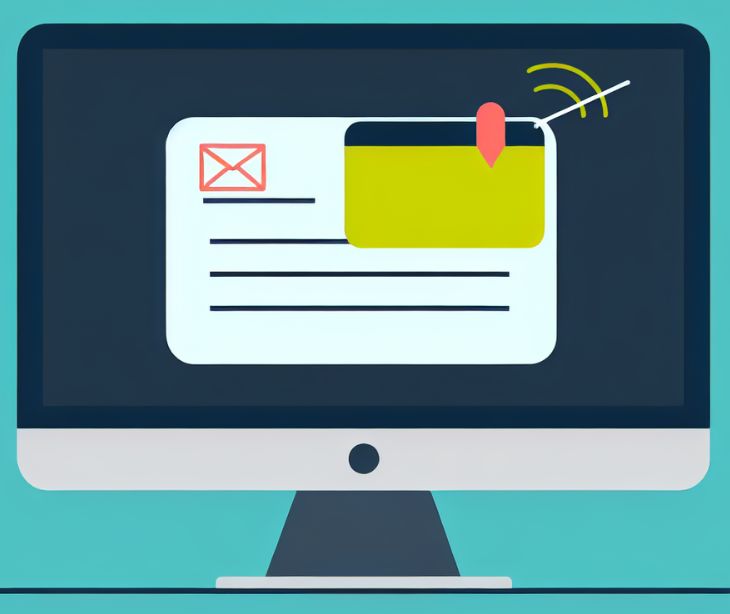
Providers can implement HIPAA compliant email reminders and follow-ups to help reduce the number of patient no-shows and improve overall efficiency in healthcare settings.
No-shows refer to missed appointments where patients fail to attend their scheduled healthcare visits without canceling or rescheduling. Kyruus Health states that “no-show rates range from roughly 23% to 33%... [where] medical groups average 80 established patients and 43 new patients who do not show.”
Kyruus Health lists the average no-show rates for some of the most common healthcare specialties:
- “Primary Care: 19%
- OB/GYN: 18%
- Pediatrics: 30%
- Dermatology: 30%
- Ophthalmology: 22%
- Neurology: 26%
- Oncology: 25%
- Endocrinology: 14%
- Sleep clinics: 39%”
These no-shows often lead to schedule disruptions, which waste valuable time and resources. More specifically, one study estimating the cost of no-shows showed that the no-show rate in an outpatient clinic averages at 18% which amounts to a daily loss of $725.42.
Reducing no-shows with HIPAA compliant email
Send appointment reminders: Providers can send automated appointment reminders using a secure platform, like Paubox. These reminders should be brief, containing only essential information like the date, time, and location of the appointment.
Have follow-up communications: In the event of a no-show, providers can send a follow-up email to the patient to reschedule the appointment or offer alternative appointment times. Additionally, providers can also discuss any challenges the patient may be facing in attending appointments to better accommodate their needs.
Document communications: Maintain thorough documentation of all email communications regarding no-shows in the patient's electronic health record (EHR), to promote continuity of patient care.
Use a clear subject line: Providers should avoid vague phrases like "Missed Appointment" or "Following Up." Instead, they could use an informative subject line that identifies the purpose of the email like:
- "[Client Name] - Following Up on [Meeting/Appointment Type]"
- "Rescheduling Confirmation: [Original Meeting Date] Appointment with [Provider Organization Name]"
- "Reminder: Scheduled Discussion on [Meeting Topic]"
Be understanding: Providers should open the email with a formal greeting ("Dear [Client Name],") and acknowledge the missed appointment neutrally and professionally.
For example: "We were unable to connect for our previously scheduled meeting on [Date] to discuss [Meeting Topic]."
Highlight the value: Providers can give patients a gentle reminder of what the client stands to gain by rescheduling. By avoiding accusatory phrases like "We noticed you missed your appointment”, providers and patients can focus on the missed connection and the opportunity to move forward.
For example: "During our meeting, we planned to address [main points of the meeting] and explore solutions to help you achieve [client's needs]."
Prioritize rescheduling and offer flexibility: Providers should acknowledge that unforeseen circumstances can arise, and express their willingness to work with the patient to find a new time that works for them. Additionally, the email should include clear instructions on how the patient can reschedule. For example:
- Suggest patients to the email with their preferred date and time.
- Provide a link to an online scheduling tool.
- Offer telemedicine if appropriate.
Continued support: Providers can conclude the email with a professional closing and reiterate their desire to help. For example:
- "Thank you for your understanding. We look forward to reconnecting at your convenience."
- "Should you require any assistance in the meantime, please do not hesitate to contact us."
Have a cancelation policy: Providers can include their cancelation policy in their signature, a separate communication, or display it on their website. A well-defined policy sets expectations for both parties and outlines potential consequences for future no-shows, which could deter them from happening in the first place.
FAQs
Why are no-shows a concern for healthcare providers?
No-shows disrupt schedules, workflow, and patient care, impacting both efficiency and revenue for healthcare providers.
What should healthcare providers do in the event of a no-show?
In the event of a no-show, healthcare providers should send follow-up communications to reschedule the appointment and encourage open dialogue with the patient.
How can providers obtain patient consent?
Providers can email patients a consent form using Paubox Forms. The patient then explicitly agrees to receive HIPAA compliant emails through the secure form submission process. By submitting their information through Paubox Forms, patients acknowledge and understand how their information will be handled in compliance with HIPAA regulations.
Subscribe to Paubox Weekly
Every Friday we'll bring you the most important news from Paubox. Our aim is to make you smarter, faster.




